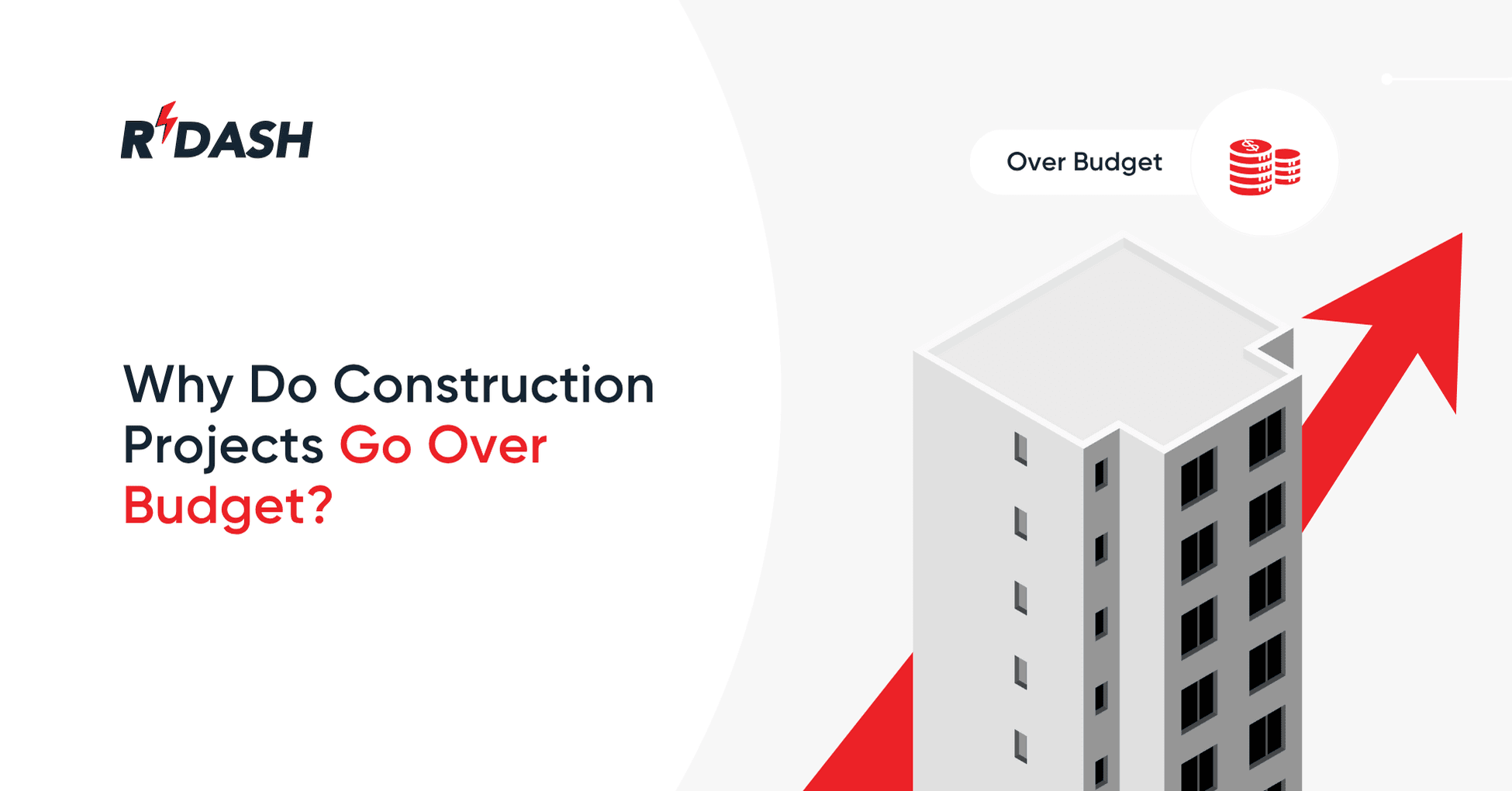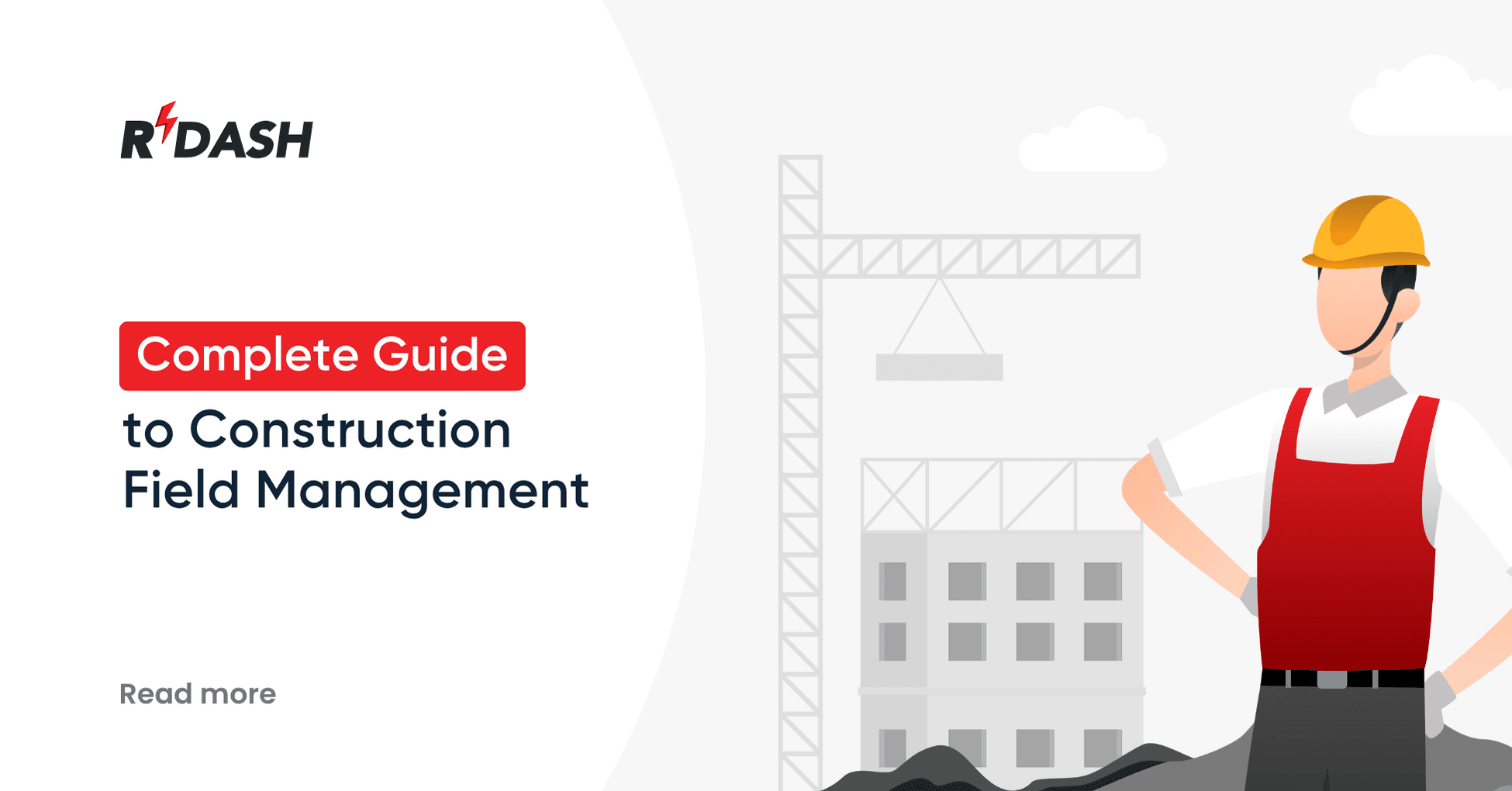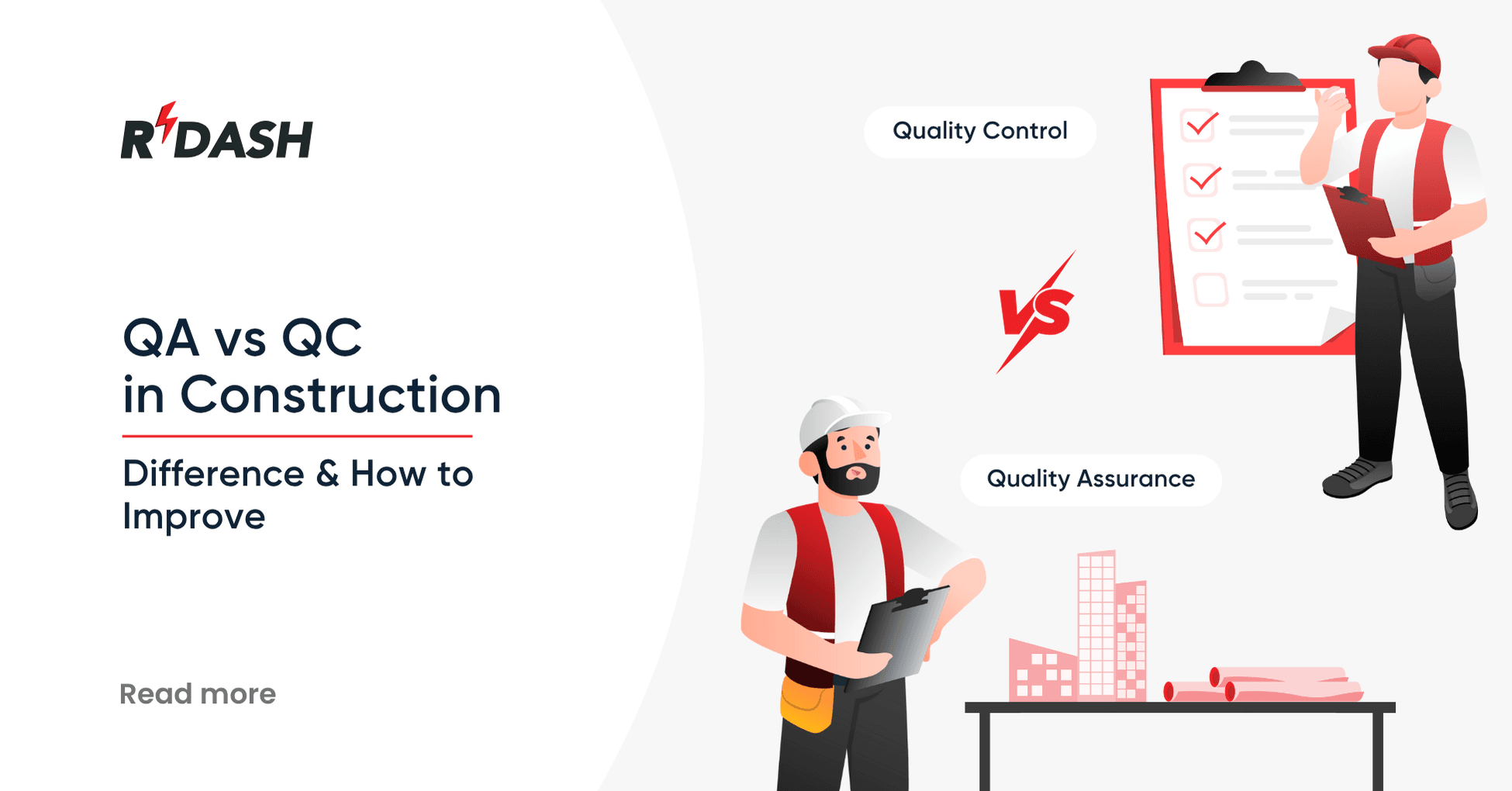What Is Construction Administration?
Construction administration encompasses the oversight of the various non-physical aspects of a construction project. This role involves managing the complex workflow between various stakeholders, including contractors, architects, vendors, and government bodies, to ensure that every phase of the construction project is executed according to the contract, design plans, and regulatory requirements.
Why Is Construction Administration Important?
The importance of construction administration cannot be overstated, as it directly influences the success and smooth execution of construction projects:

- Quality Assurance: Ensures that all construction activities comply with the technical and quality standards outlined in project documentation.
- Contractual Oversight: Manages the enforcement and interpretation of construction contracts, safeguarding the interests of the project owner against disputes and litigation.
- Effective Communication: Serves as the communication link between all parties involved in the project, facilitating decisions that need to be made quickly and efficiently to avoid delays.
- Issue Resolution: Proactively addresses problems that arise during construction, offering solutions and alternatives to keep the project on track.
- Regulatory Compliance: Ensures that all aspects of the project comply with local, state, and federal regulations, which is crucial for legal and operational acceptance of the project.
Construction Management vs Construction Administration
While both roles are integral to the construction process, their focus areas differ significantly:
Construction Management:
This role is all-encompassing and includes the overall planning, coordination, and control of a project from inception to completion. Construction managers are primarily focused on maximizing resource efficiency through the procurement of labor, materials, and equipment. They manage the day-to-day on-site operations to ensure that the project meets the client’s requirements regarding scope, budget, time, and quality.
Construction Administration:
Focuses specifically on ensuring that the project adheres to the set plans and specifications. Construction administrators are typically more involved during the post-contract phase, handling the documentation, ensuring technical specifications are followed, managing change orders, and making sure that architectural and engineering drawings are executed correctly. They act as the stewards of the project’s paperwork and procedural compliance.
Understanding these roles and their distinctions is critical for anyone involved in a construction project, as it ensures that all necessary controls are in place to manage the project effectively. The synergy between construction management and administration is what leads to the successful completion of complex construction projects, aligning practical construction activities with the administrative backbone that supports them.
Construction Administrator Responsibilities
The role of a construction administrator is crucial for the smooth operation of construction projects. Here are the key responsibilities usually associated with this position:

- Document Management: Handling all project documentation, including contracts, blueprints, change orders, and project communications, ensuring they are up-to-date and accessible.
- Compliance Monitoring: Ensuring the project complies with all applicable codes, laws, and regulations, which may involve coordinating inspections and maintaining records.
- Contract Enforcement: Overseeing contract provisions, ensuring all parties adhere to the terms, including the scope of work, payment schedules, and dispute resolution procedures.
- Meeting Coordination: Organizing and leading regular project meetings to discuss progress, address issues, and ensure alignment across the project team.
- Quality Control: Working closely with the site engineers and contractors to ensure that construction activities meet the quality standards specified in the project documentation.
- Change Management: Managing and documenting changes in project scope, ensuring all changes are approved by the necessary stakeholders and reflected in the budget and schedule.
How to Become a Construction Administrator
Pursuing a career as a construction administrator involves a combination of education, experience, and skills development:
Educational Background: Most employers require a minimum of a bachelor’s degree in Construction Management, Architecture, Engineering, or a related field. Some roles may accept extensive construction experience instead of a degree.
Relevant Experience: Gaining experience in construction projects is crucial. This could involve working in various construction roles such as a site clerk, project assistant, or any position that offers exposure to project management and administrative tasks.
Skill Development: Essential skills for a construction administrator include strong organizational abilities, excellent communication, problem-solving skills, and proficiency in project management software. Developing a keen understanding of construction terms, processes, and regulations is also necessary.
Certifications: While not always mandatory, certifications like the Certified Construction Manager (CCM) or Project Management Professional (PMP) can enhance a candidate’s credentials and demonstrate a commitment to the profession.
Networking and Continuous Learning: Joining professional organizations and attending industry seminars can help aspiring construction administrators stay up-to-date with the latest construction trends and regulations while expanding their professional network.
Elements of Construction Administration
Construction administration is a critical aspect of the construction process, ensuring projects are completed according to specifications, on time, and within budget. Here are five key elements that play a vital role in construction administration:
- Approving Change Orders: This involves the review and authorization of any changes to the project scope after the initial plans have been approved. Change orders may result from unforeseen issues or requests for modifications from the client. Effective management of these changes is essential to control costs and keep the project on track.
- Contract Management: Overseeing the contracts between the project owner, contractors, and subcontractors is fundamental. This includes ensuring that all parties fulfill their contractual obligations and resolving disputes as they arise.
- Quality Control: Ensuring that all aspects of the construction project meet the quality standards set out in the project documentation. This involves regular inspections and coordinating with engineers, architects, and builders to address any issues that may compromise quality.
- Budget Management: Monitoring the financial aspects of the construction project to ensure it stays within budget. This includes tracking expenditures, managing invoices, and making necessary financial adjustments in response to change orders or unexpected expenses.
- Communication Coordination: Serving as the liaison among all stakeholders involved in the project, including owners, architects, contractors, and government entities. Effective communication is essential to resolve issues swiftly, make timely decisions, and ensure that everyone is aligned with the project goals.
RDash Helps With Construction Project Management
RDash streamlines the complex processes of construction project management, making it easier for teams to focus on the successful delivery of their projects. Here’s how RDash can enhance various aspects of construction administration:
Streamlined Project Communication: RDash facilitates clear and consistent communication among all project stakeholders, ensuring everyone is on the same page and reducing the likelihood of misunderstandings and delays.
Enhanced Document Control: With RDash, all project documentation is centralized and easily accessible. This includes contracts, plans, change orders, and compliance documents, which are crucial for efficient project management.
Real-Time Data and Reporting: RDash provides real-time updates and reports, allowing administrators to make informed decisions quickly. This real-time insight helps in monitoring project progress, resource allocation, and budget management.
Task and Resource Management: By organizing tasks and managing resources effectively, RDash helps ensure that projects are completed on time and within budget. It allows for detailed scheduling and tracking of all project activities.
FAQs
What qualifications are needed to be a construction administrator?
Typically, a bachelor’s degree in construction management, architecture, engineering, or a related field is required. Additionally, experience in the construction industry and strong organizational, communication, and problem-solving skills are essential.
How does construction administration impact project success?
Effective construction administration ensures that projects are executed according to plan, within budget, and on schedule. It also helps manage risks and legal issues, ensuring quality and compliance with regulatory requirements.
Can construction administration save money on a project?
Yes, by managing contracts, budgets, and changes efficiently, construction administration can prevent cost overruns and ensure financial resources are used effectively.
What tools do construction administrators use?
Construction administrators use various tools, including project management software like RDash, which helps in scheduling, budgeting, reporting, and communication, ensuring efficient project oversight.






